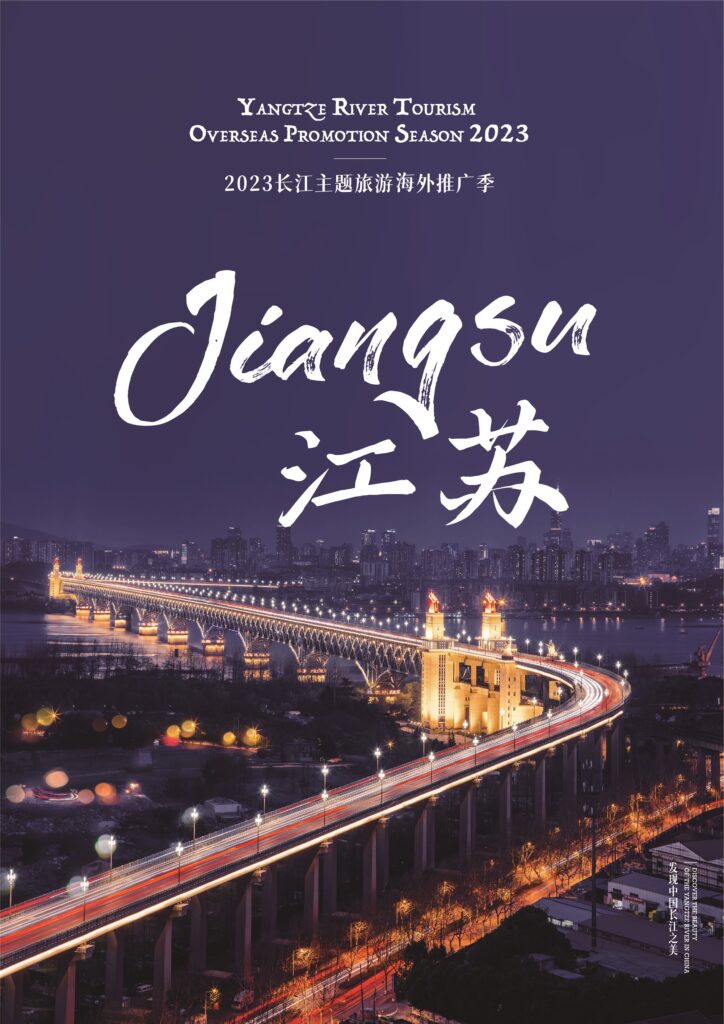
The Jiangsu section of the Changjiang River, also known as the Yangtze River. The mighty river marches for over 400 kilometers, flowing through the eight cities of Nanjing, Zhenjiang, Yangzhou, Taizhou, Changzhou, Wuxi, Suzhou and Nantong. It nourishes one of the most economically developed areas along the southeast coast of China. This video will take you to appreciate the natural and humanities resources of the world-class urban recreation and tourism belt along the Yangtze River, and feel the unique charm of Jiangsu.
Nanjing
As the capital of Jiangsu Province and literature city worldwide, Nanjing boasts a time-honored history and a rich cultural heritage. We can board the legendary Yangtze River cruise ship and take in the stunning views of Mufu Mountain, Yinghua Avenue, Yangtze River Bridge, Riverside Scenery Belt, and others. The majestic Zijin Mountain and vast Xuanwu Lake bring a natural charm to the city. At night, the brightly illuminated Confucius Temple and the bustling Xinjiekou area reveal the ancient splendor and modern brilliance of this historic city for you strolling on the street or having a night cruise trip along the Qinhuai River.。
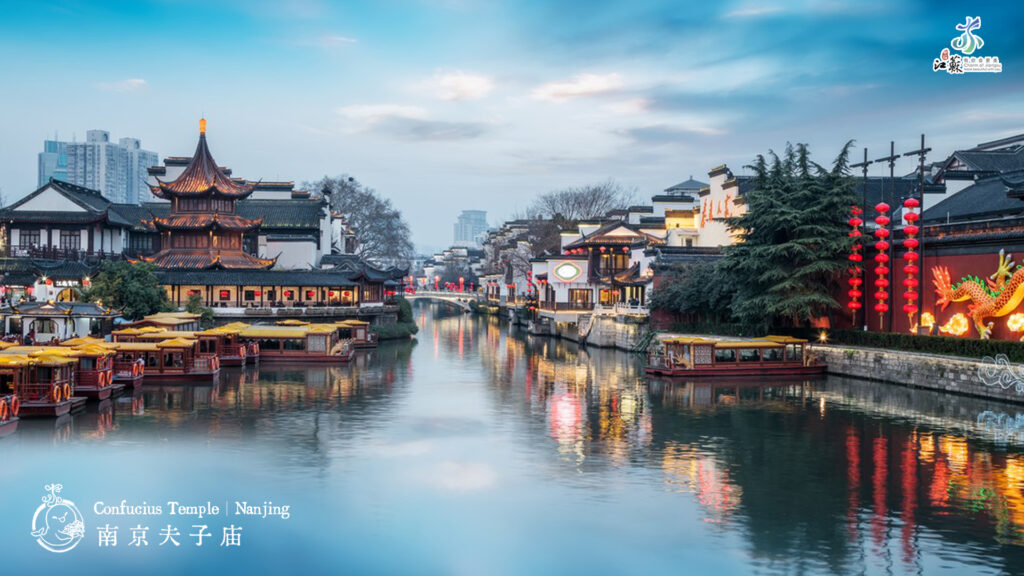
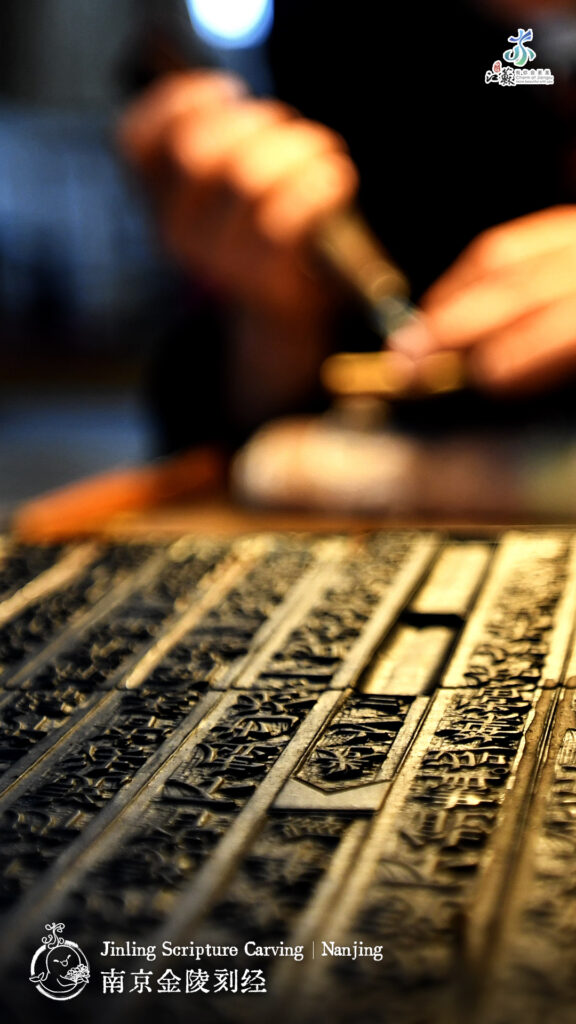
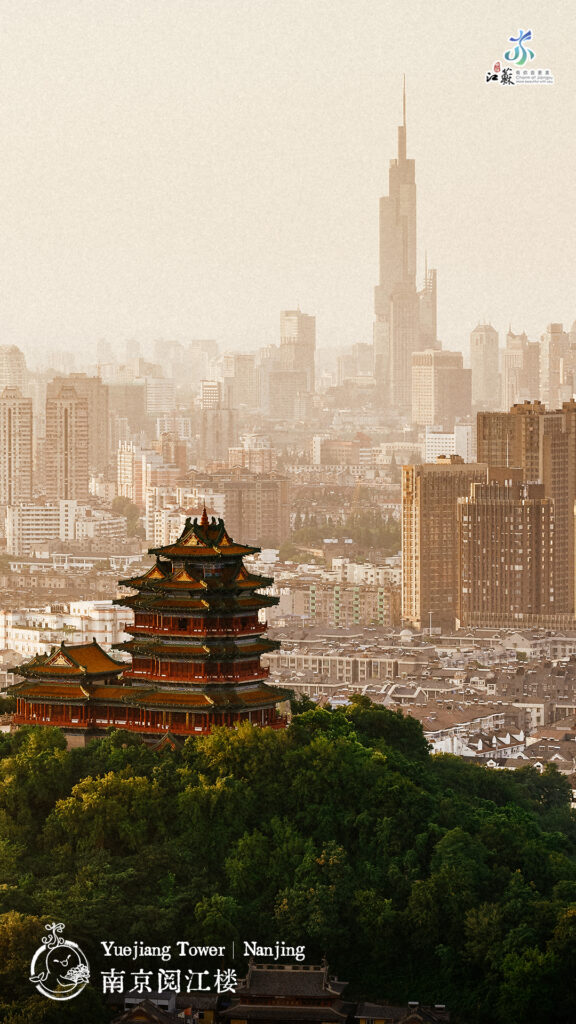
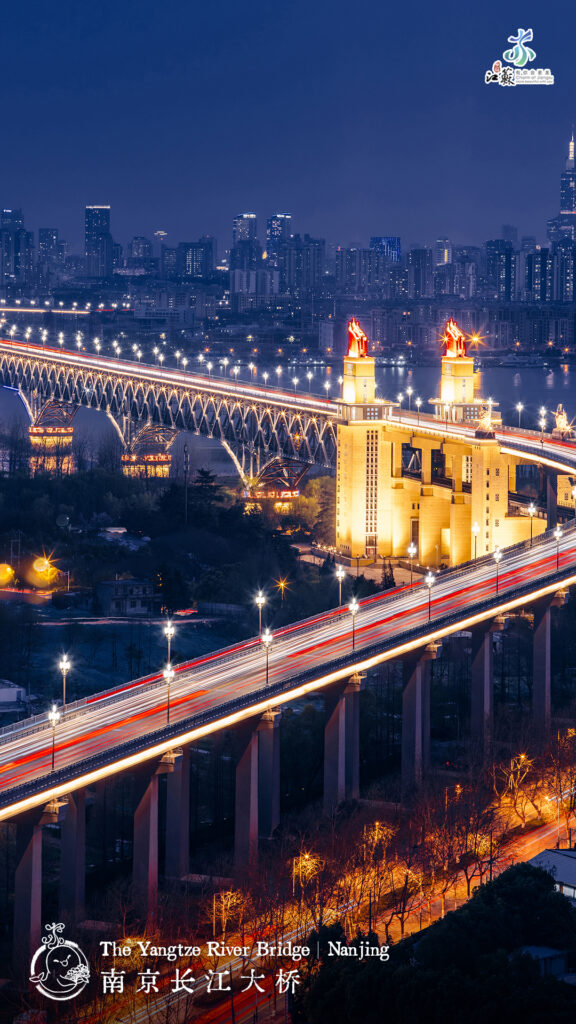
Yangzhou
As a metropolis of gastronomy, East Asian culture, and canals, Yangzhou is home to numerous international brands. The Yangtze River and the Grand Canal intersect here, from where the Tang Dynasty monk Jianzhen set sail for Japan. Today, we can explore the enchanting ancient city through attractions like the Slender West Lake and the China Grand Canal Museum in Yangzhou, and savor the taste of a happy life in Huaiyang cuisine such as Yangzhou Fried Rice and Crab Meat and Minced Pork Balls.
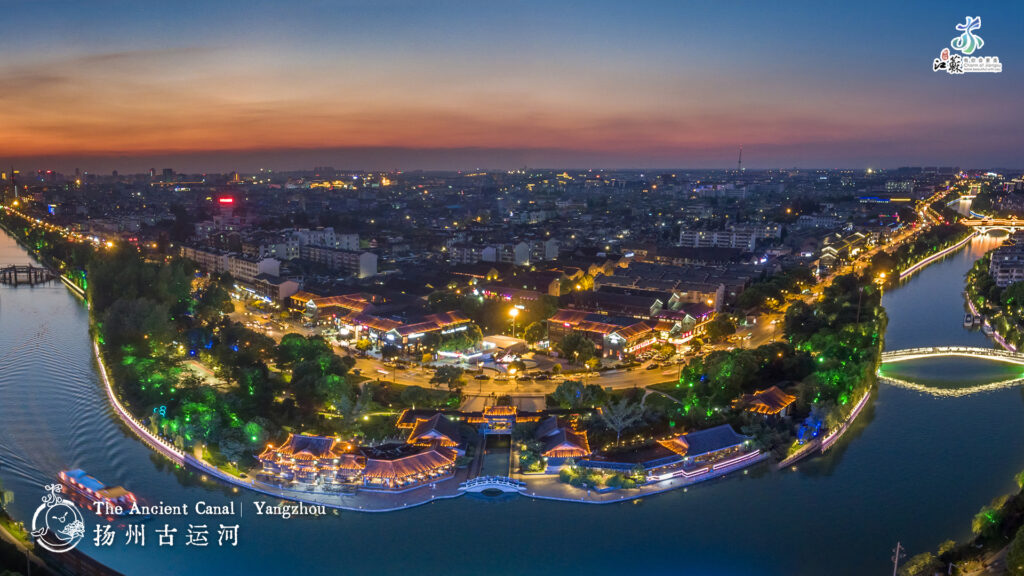
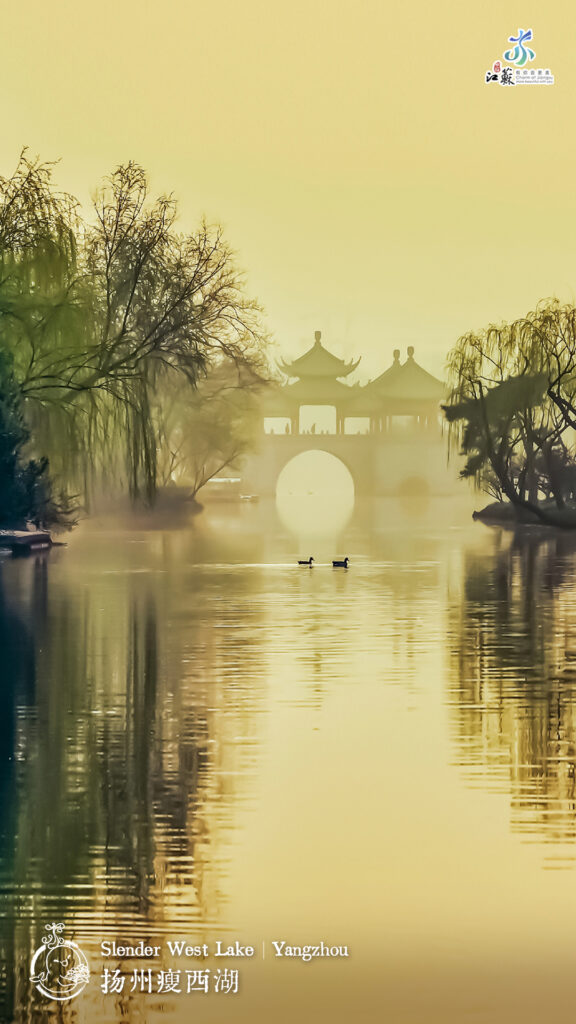
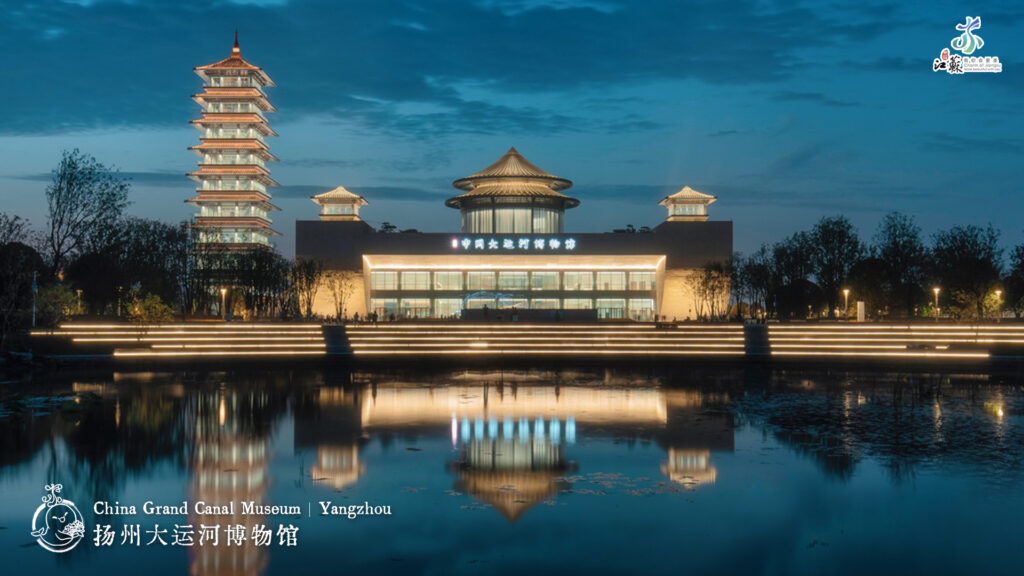
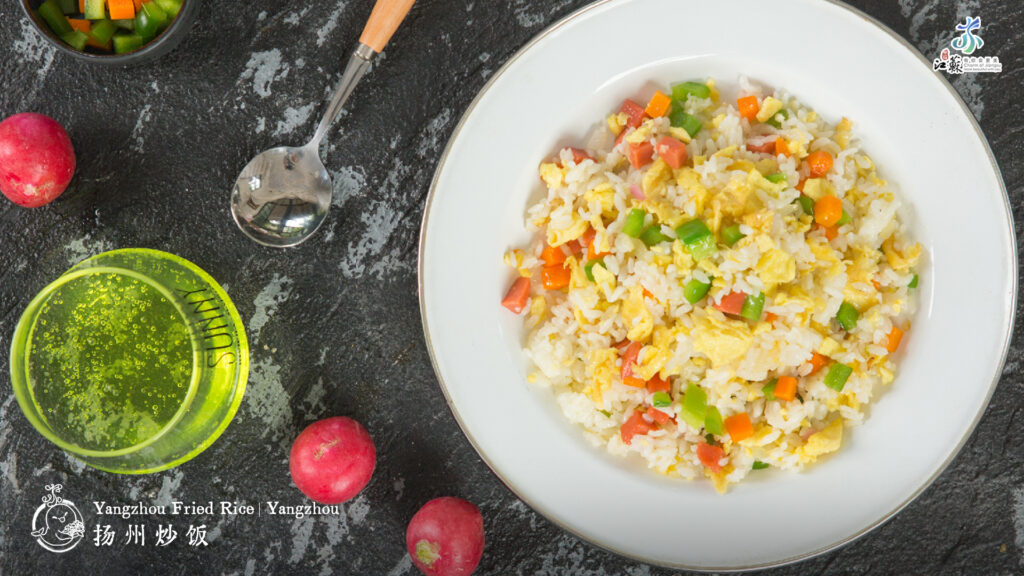
Zhenjiang
Zhenjiang is a picturesque city of mountains and water and an auspicious place for entrepreneurship. The city is characterized by the majestic landscape of grand rivers as well as the idyllic charm of small bridges and flowing streams. With “Three Mountains” of Jinshan Mountain, Jiaoshan Mountain, and Beigu Mountain surrounding the city, and lush Maoshan and Baohua Mountain ranges nearby, Zhenjiang resembles a fairyland. The city is famed for its Zhenjiang Vinegar, Maoshan Taoist music, and the enduring legend of the White Snake, all of which contribute to its unique charm.
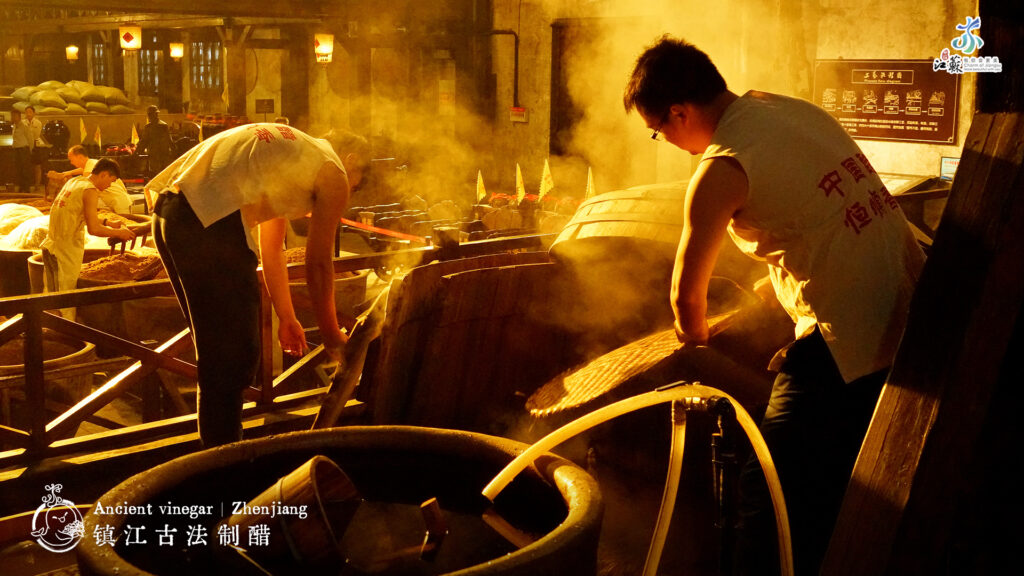
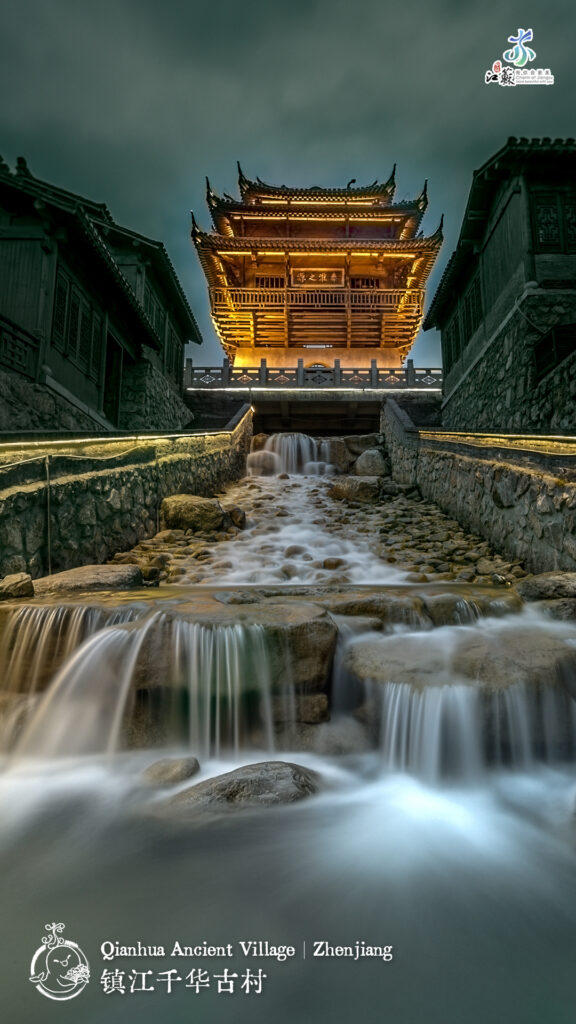
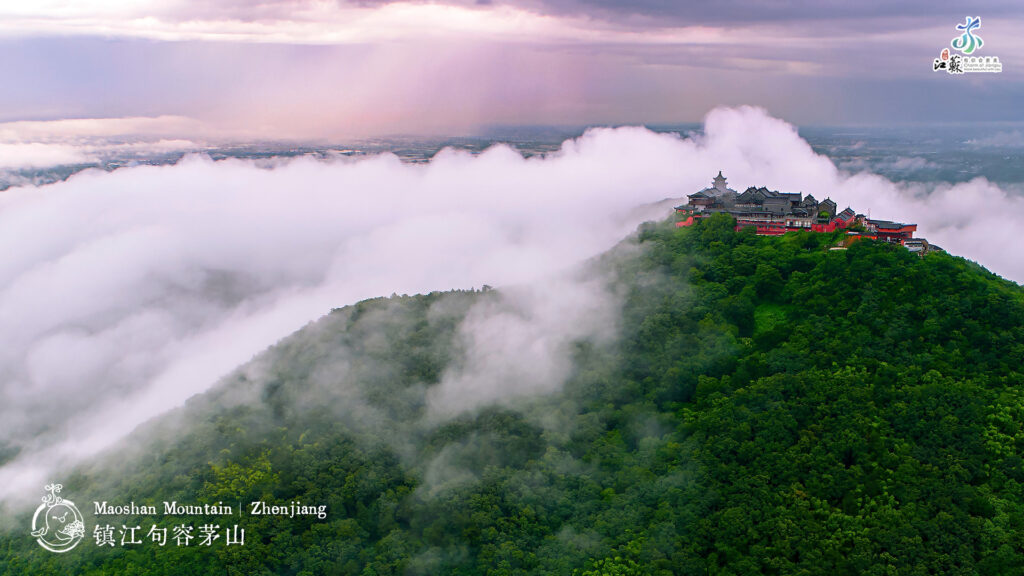
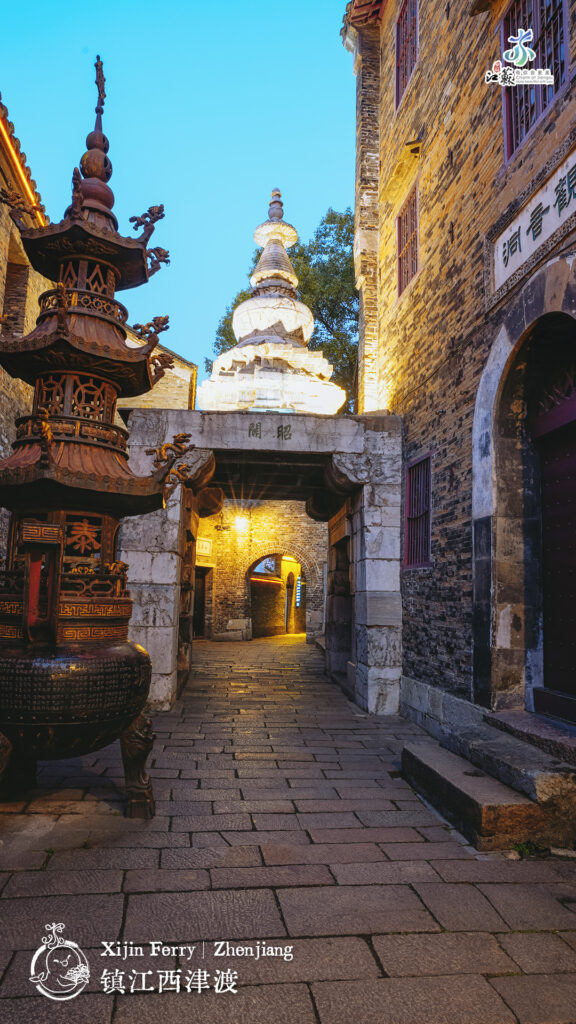
Taizhou
Meaning a “prosperous and auspicious prefecture,” Taizhou is one of China’s happiest cities and the hometown of Peking Opera master Mei Lanfang. The Fengcheng River winds through the city, while the Zhenhu Wetland and Qianduo rapeseed flowers create a sound ecology giving Taizhou a vibrant, water-rich anima. The happy life of each day in Taizhou begins with the city’s signature morning tea.
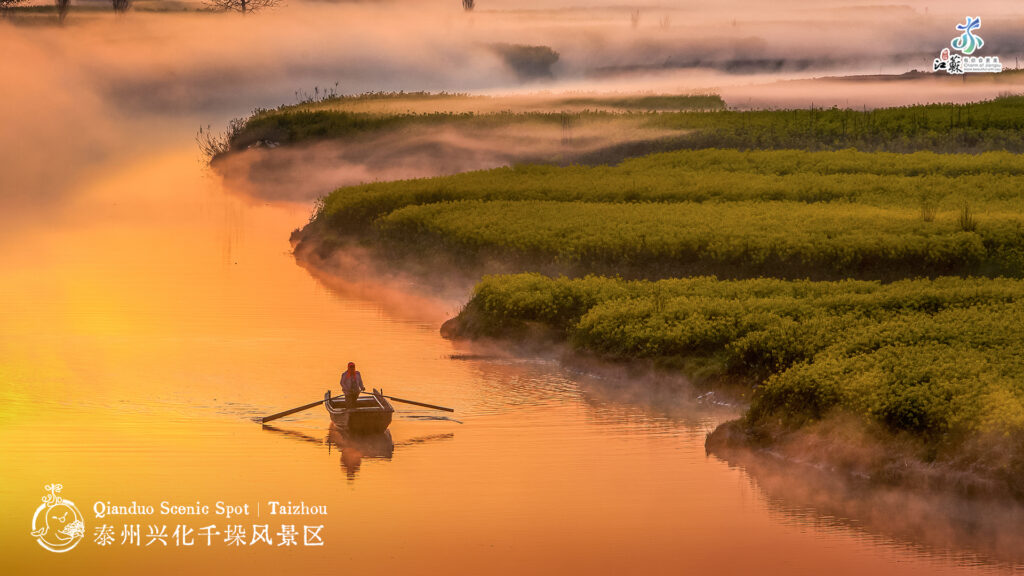
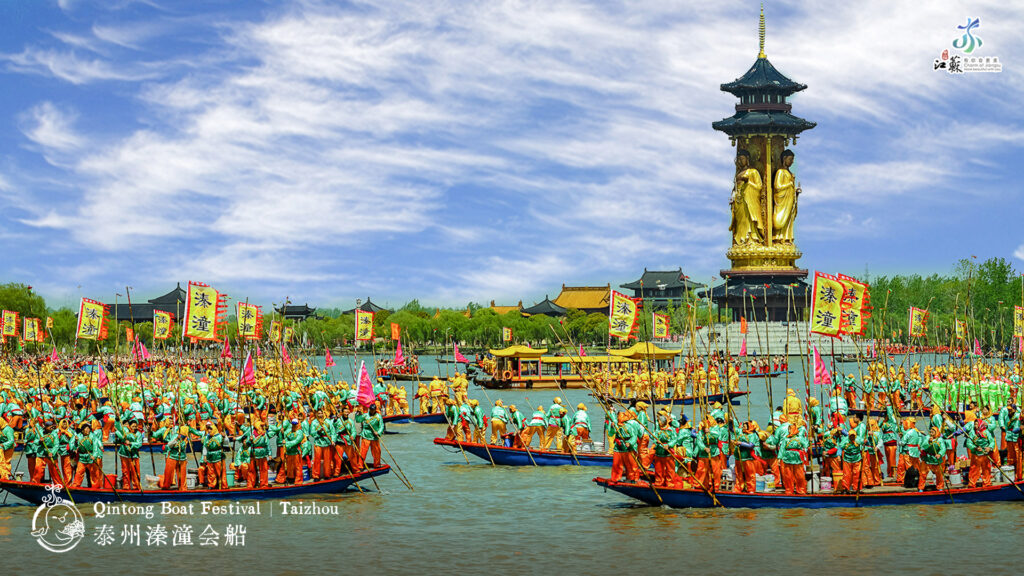
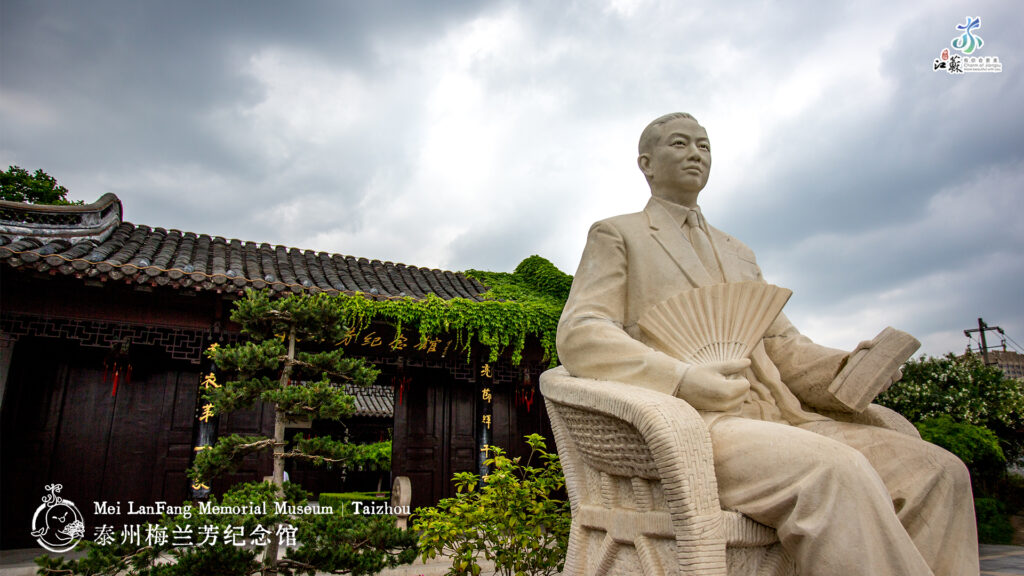
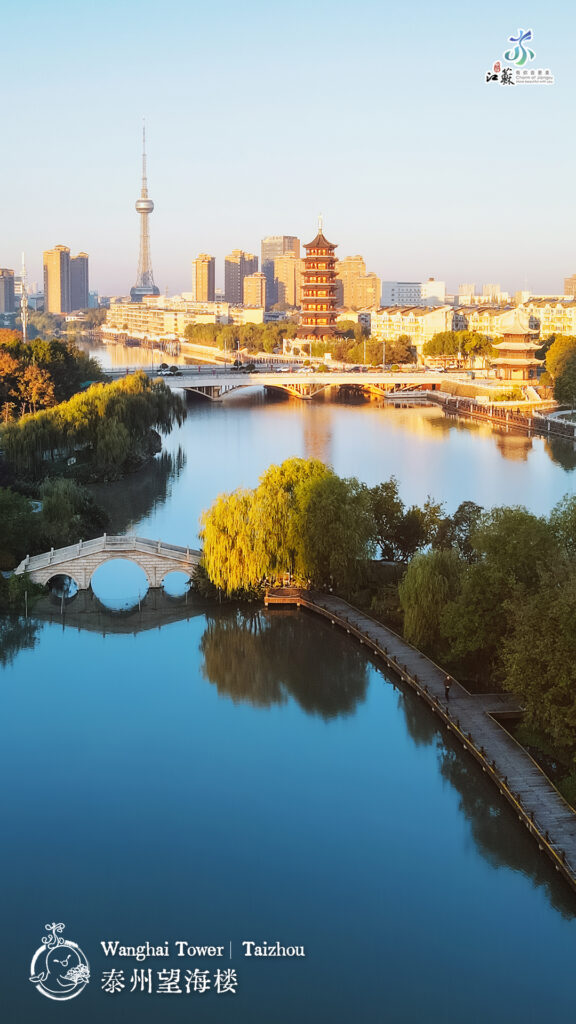
Changzhou
Known as the Dragon City of China, Changzhou is full of innovative and creative energy. Changzhou people integrate technology with culture and tourism, creating themed amusement parks such as Yancheng Chunqiu Amusement Land, Oriental Saltlike Resort, China Dinosaur Park, and Joyland. They also combine ecology and leisure vacations, with attractions like Tianmu Lake fish head, Nanshan bamboo sea, and natural hot springs, drawing numerous tourists from China and abroad each year.
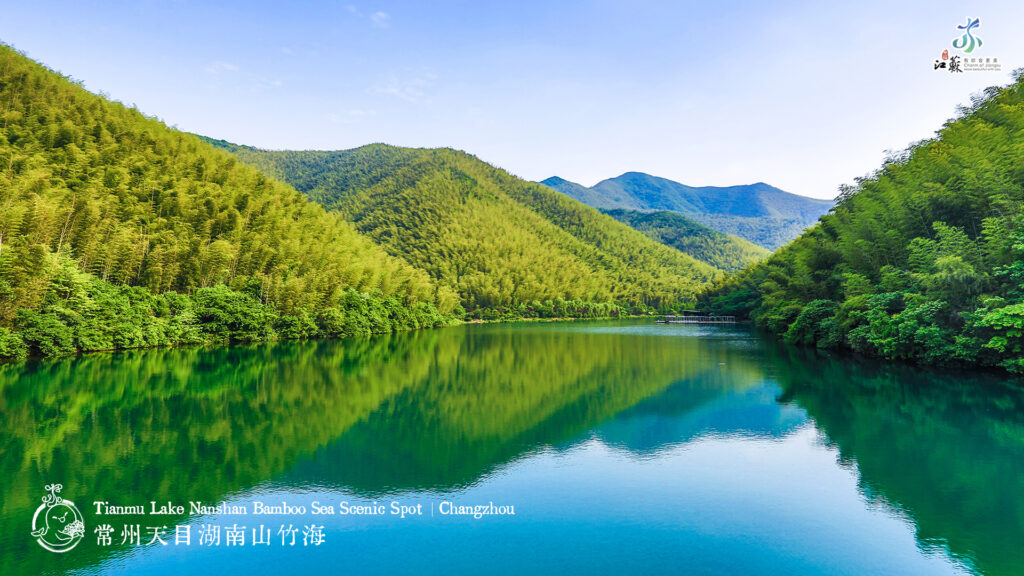
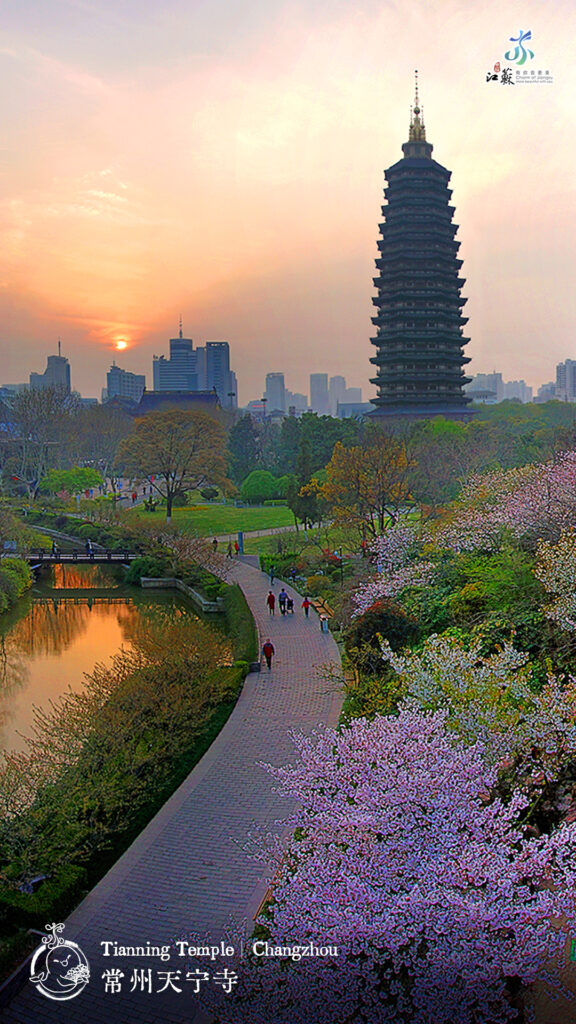
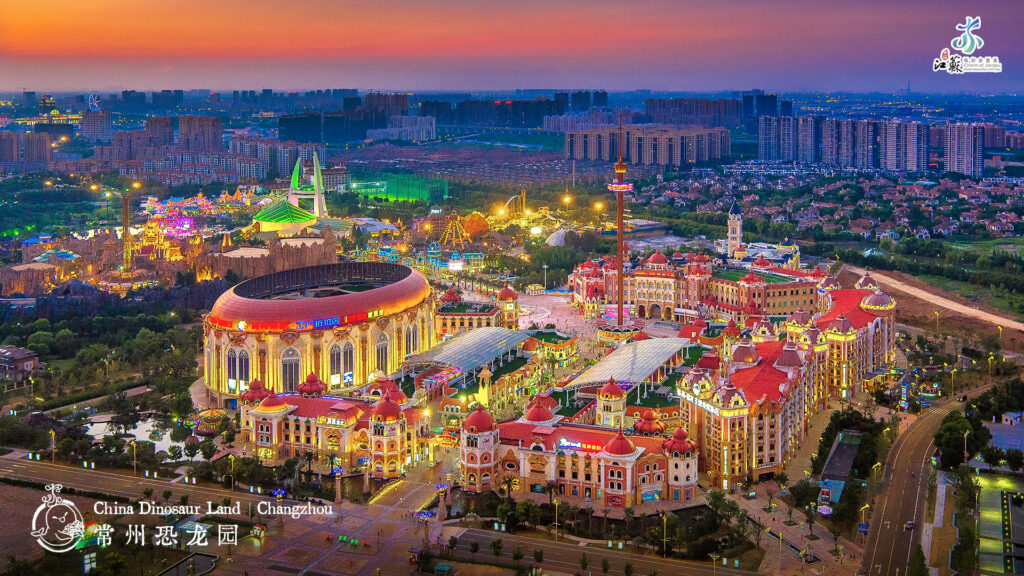
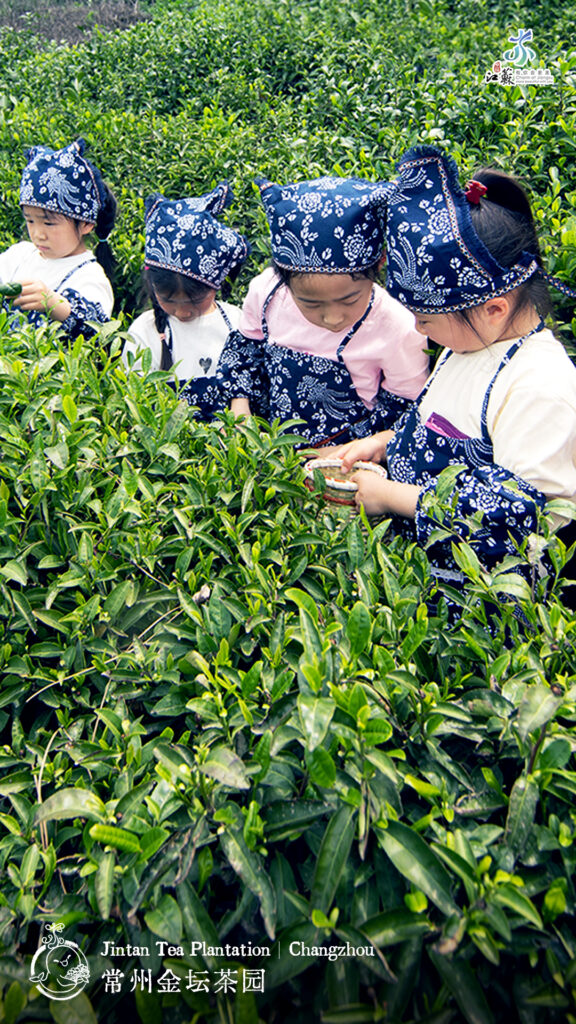
Wuxi
Wuxi, boasting the highest GDP per capita in China, is a city with a long history and a thriving economy and the main birthplace of Wu culture. This city, like a dazzling pearl, is embedded along the southern bank of the Yangtze River and the shore of Taihu Lake, earning it the nickname “Pearl of the Taihu Lake.” Wuxi is a cultural melting pot, with writer Qian Zhongshu, painter Xu Beihong, snooker prodigy Ding Junhui, and others among its many talents. Today, Wuxi’s cultural and tourist resources, such as Lingshan Scenic Area, Nianhua Bay, and Heilan Equestrian, as well as its intangible cultural heritage products such as Yixing purple clay and Huishan clay figurines, showcase the city’s fascination.
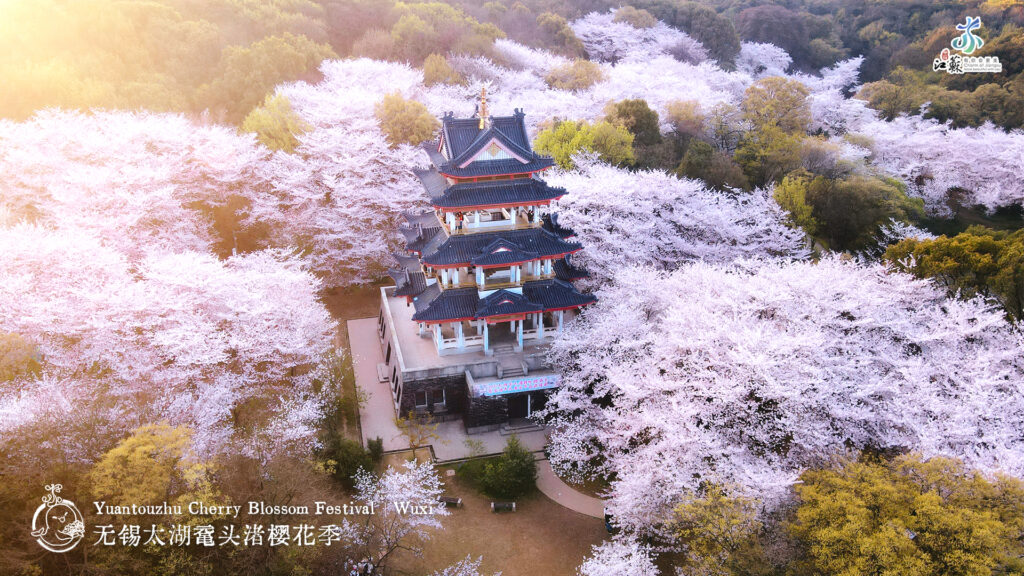
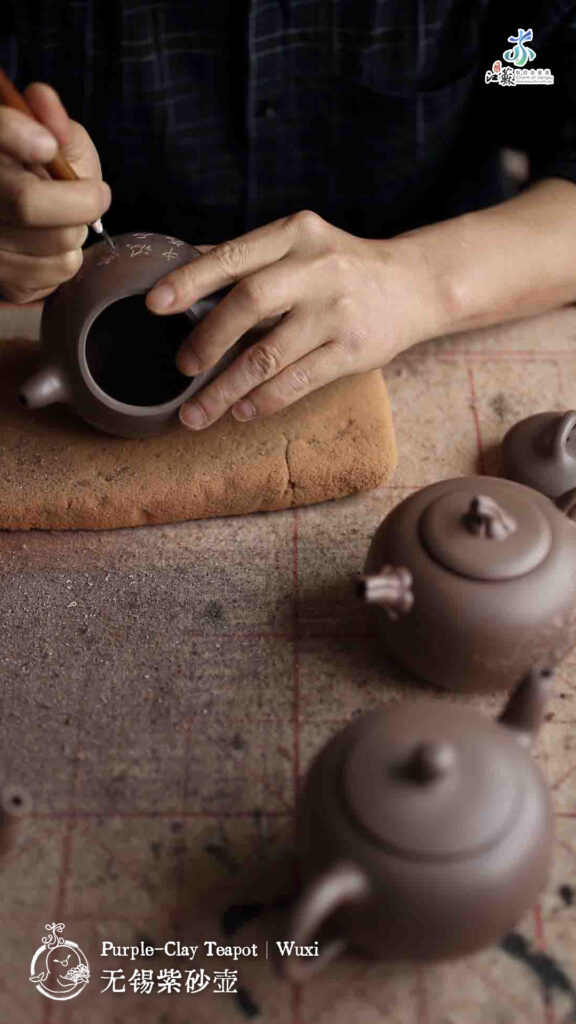
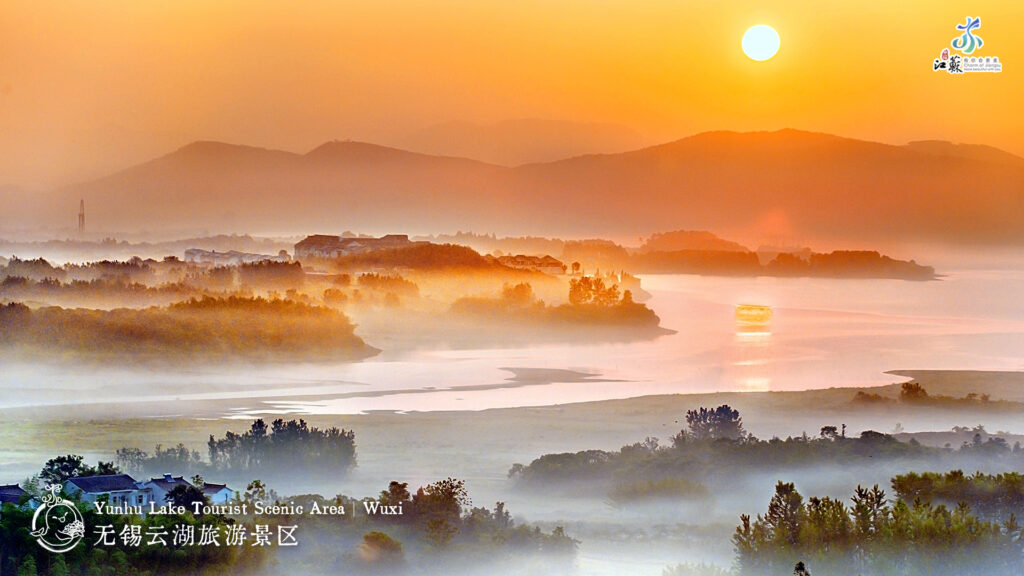
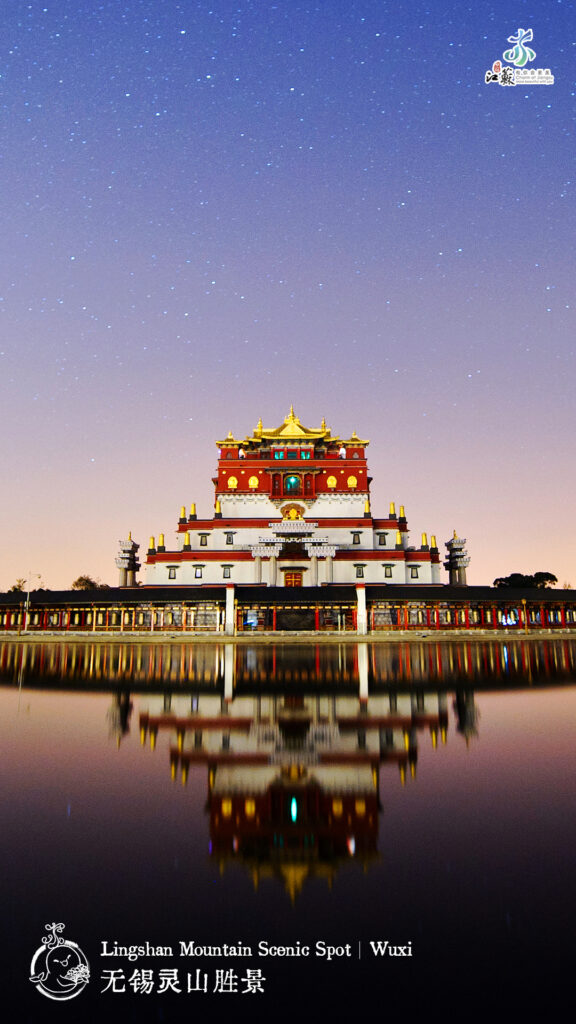
Suzhou
Suzhou, a typical representative of the Jiangnan water towns, is known as the “Venice of the East.” The city is crisscrossed with waterways, and numerous gardens of the Yangtze Delta and ancient water towns are nestled within: the Humble Administrator’s Garden, Master-of-Fishnets Garden, Zhouzhuang waterside town, Luzhi town… together with Jinji Lake Business Travel District, they form a captivating city where modern and ancient beauty intertwines. Suzhou is also a famous city by virtue of plentiful handicrafts and folk art, featuring the awe-inspiring Kunqu Opera as the progenitor of all Chinese operas, the intangible cultural heritage of Suzhou embroidery, and others.
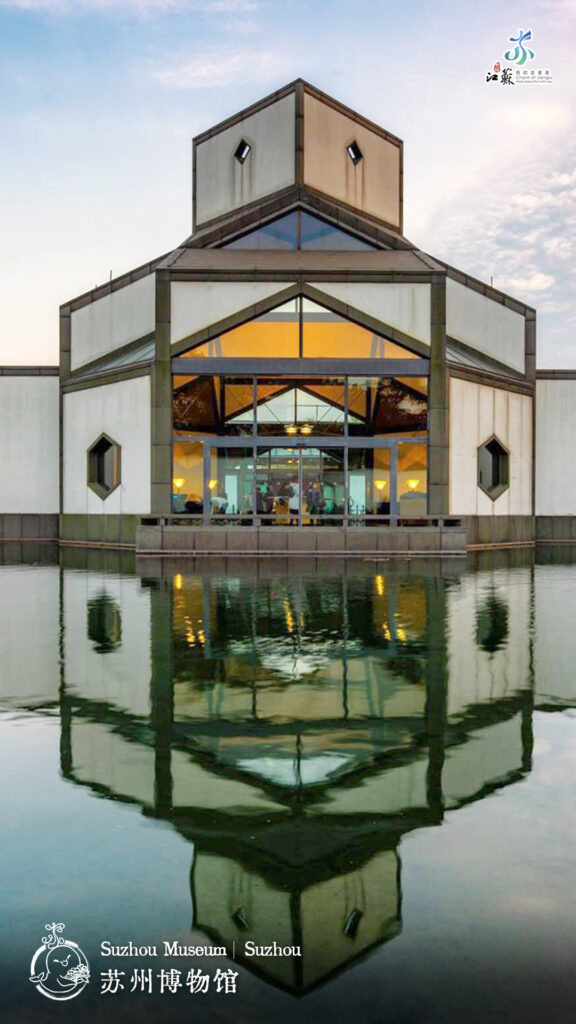
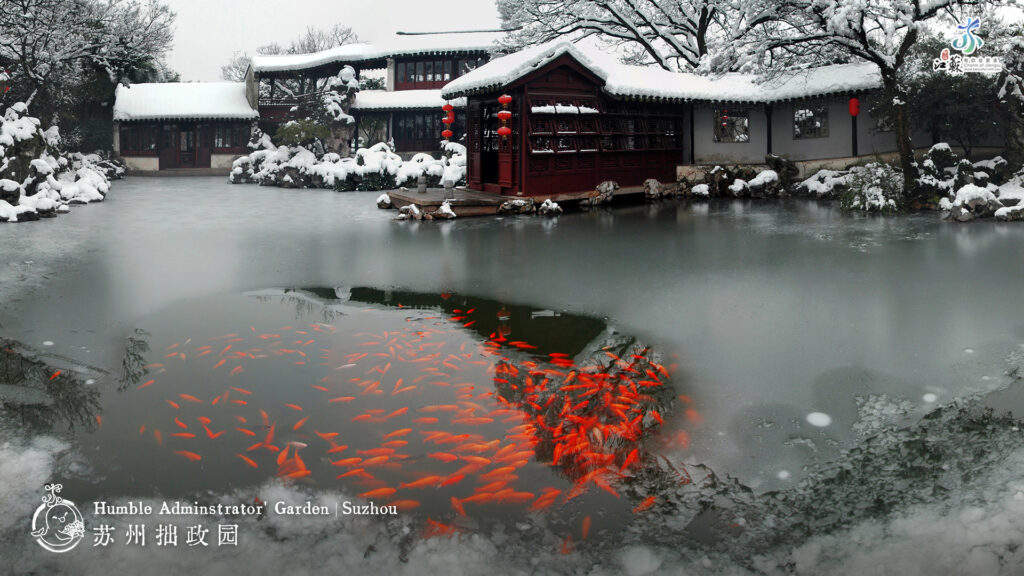
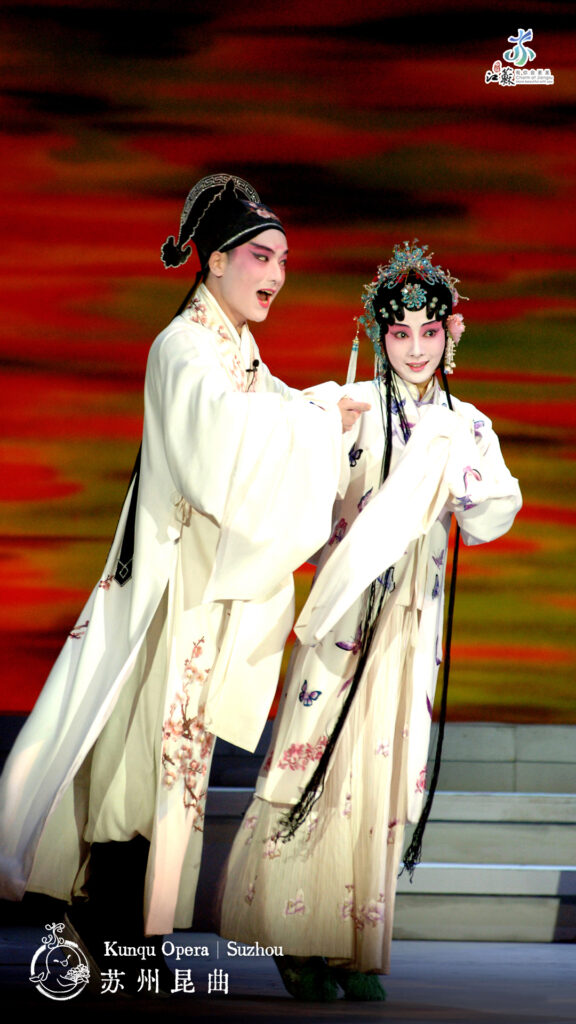
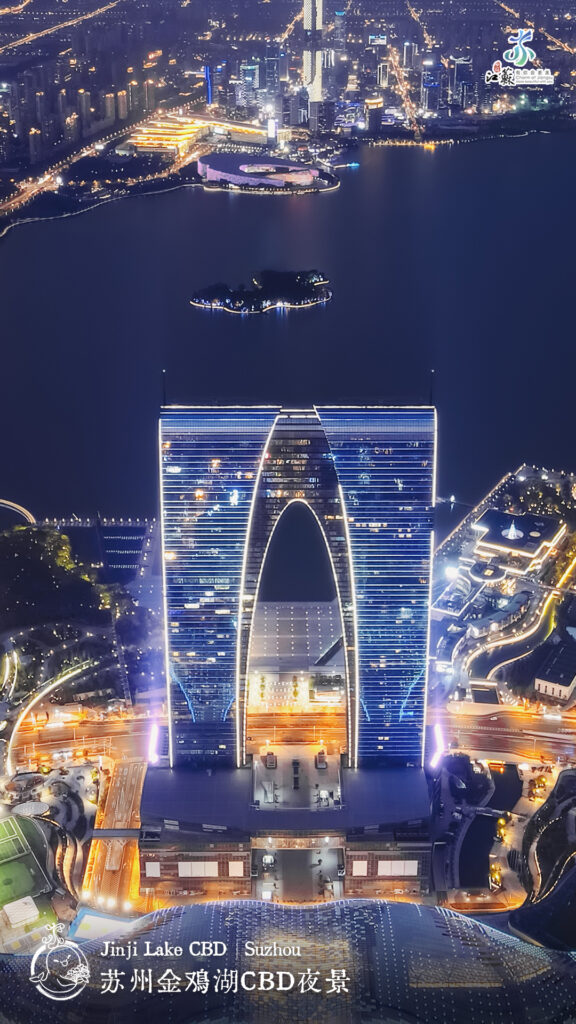
Nantong
As the Yangtze River flows into the sea here, Nantong is known as the “gateway to the rivers and seas.” The pursuit of rivers and seas endows this city with unique charm, and the first rays of sunshine in Jiangsu Province shine upon Nantong’s Yuantuo Cape. Fresh river and sea products gather here. Nantong is a city of museums, with over 20 diverse museums lined along Haohe River, each with its own distinctive character, such as the China Abacus Museum, the Nantong Blue Calico Museum, and others. The Five Mountains Area by the Yangtze River Estuary (named for its five mountains) is a model of ecological conservation for the Yangtze River. It has become an ideal location to overlook the surging waters of the Yangtze River as they flow eastward into the sea.
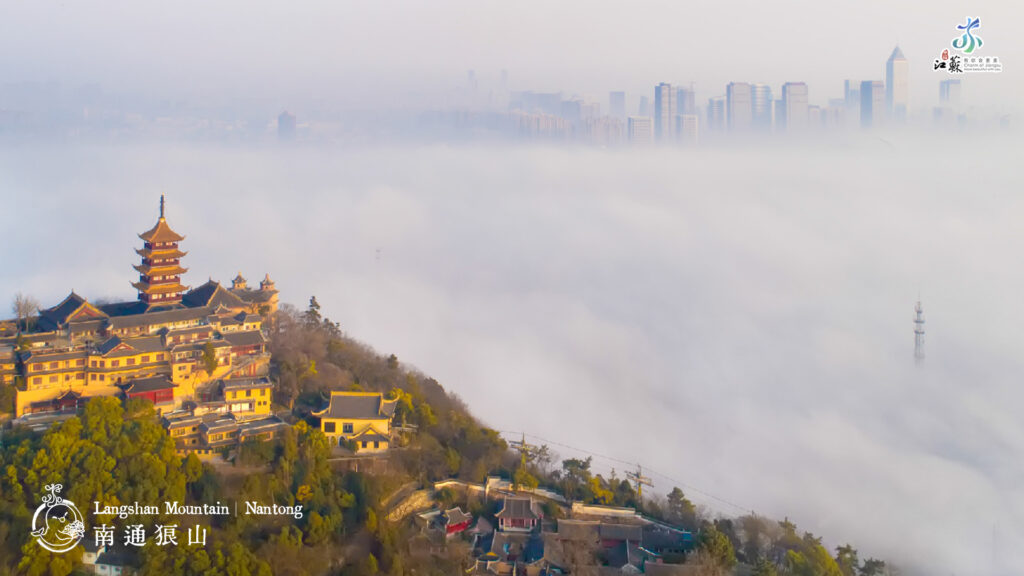
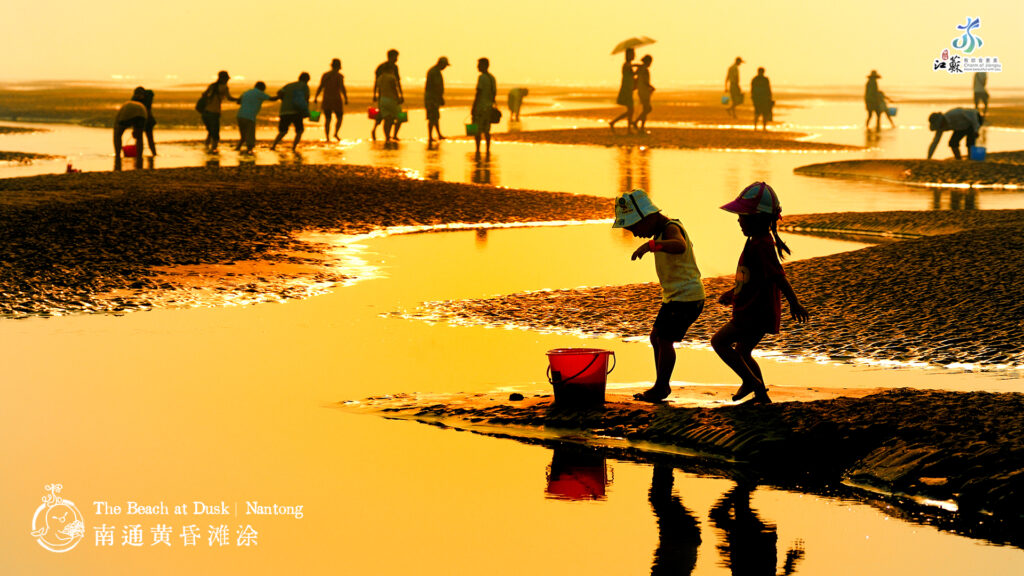
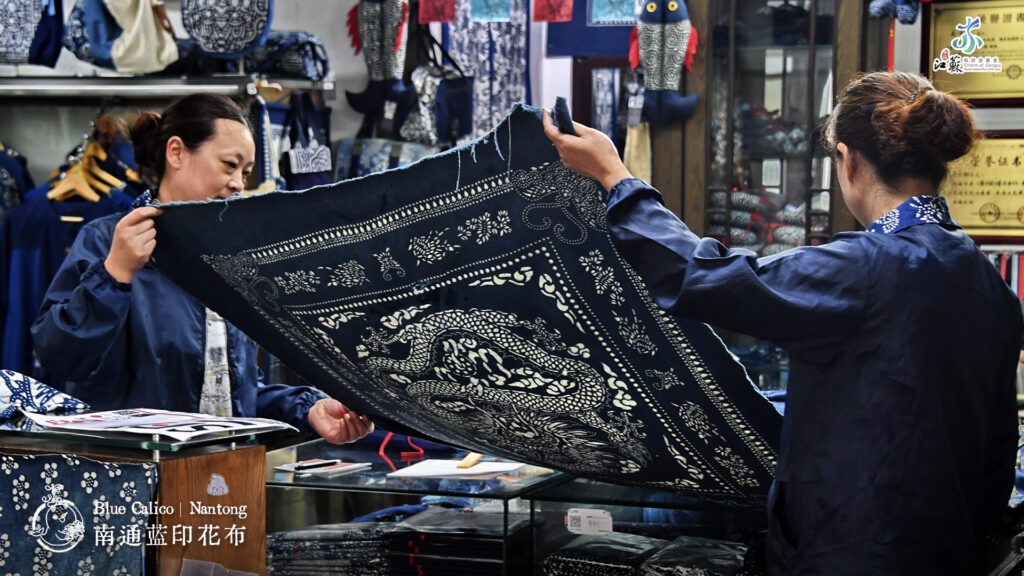
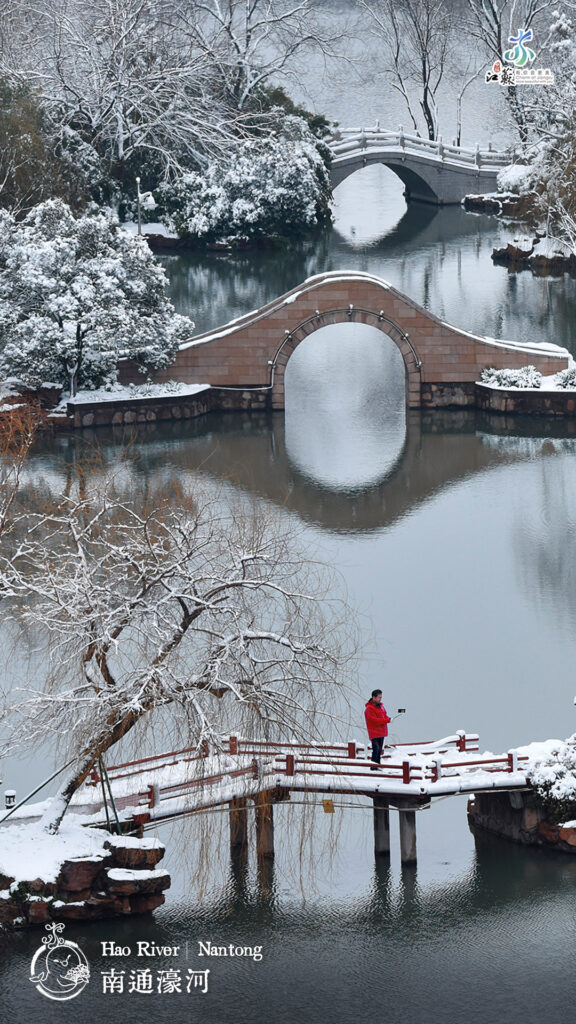
Facebook: China Cultural Center in Stockholm
https://www.facebook.com/China-Cultural-Center-in-Stockholm-110983273921638
Instagram: chinaculturalcenterinstockholm
https://www.instagram.com/chinaculturalcenterinstockholm/
YouTube: China Cultural Center in Stockholm
https://www.youtube.com/channel/UCYqOYwuQtyTHC-iMNdfExsw
Tik Tok: cccinstockholm
https://www.tiktok.com/@cccinstockholm
Twitter: CCCinStockholm
https://twitter.com/CCCinStockholm
地址:
Västra Trädgårdsgatan 2, Stockholm


